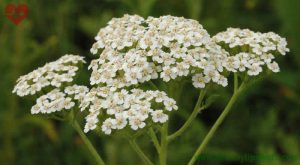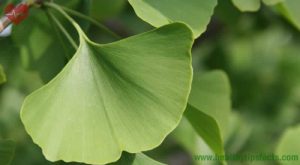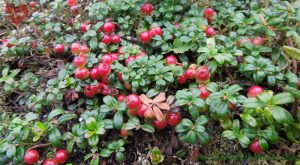How to dry herbs for long-term storage
Most herbs are easy to grow in your garden or even indoors on a windowsill or in a hanging planter. They are just as easy to dry for long-term storage. Not only are herbs tasty additions to lots of recipes and the basis of teas, rubs, spice blends and more, but many also offer health-promoting and medicinal properties as well. Anyone preparing for long-term emergencies or just wanting to keep their kitchen well-stocked should consider learning how to dry their own healthful and flavorful organic homegrown herbs. You can dry herbs throughout the season as time allows, it’s easy to do, and it costs less to purchase your own plants than purchasing dried herbs from the store. Your plants actually respond to regular cuttings by growing better. It keeps them compact and prevents them from flowering and setting seed.
Here are descriptions of the four basic methods for drying herbs:
Hang Drying– This is an easy traditional method for drying herbs and it will add a homey touch to your kitchen to have colorful bundles of herbs hanging around. Bundle the herbs according to relative size and tie them together using a rubber band at the base of the stems. Bundling them will help keep them from becoming too dry and losing their flavor. Hang them out of direct sunlight in a well-ventilated area that doesn’t contain too much moisture.
Screen Drying – Another easy method, just make sure the screen has plenty of air circulation underneath. A screen with a frame and supported by a few bricks is perfect. The herbs should be placed on the screen in a single layer — its okay if they are touching each other, because they will shrink as they dry.
Microwave Drying– If you are in a hurry to use your herbs, it won’t hurt to dry a small amount in the microwave. I believe you will lose flavor and some health benefits through microwave drying. If you want to microwave dry them, however, here’s how to do it: Arrange a single layer of leaves between two paper towels and microwave them for 30 seconds on a low setting. Turn them over and microwave them again for another few seconds, if necessary.
Dehydrator Drying– Food dehydrators work fine for herb drying, but you’ll want to use a low temperature setting — around 95 degrees. Separate strong-smelling herbs from milder ones and milder ones don’t absorb their scent.
For storing herbs, wait until they are fully dry and remove the leaves from the stems. Place them in airtight containers for storage (glass is best) without crushing the leaves. Crushing releases the aromatic oils, so you should wait until you are ready to use them. Herbs will start to lose their aroma after a year or so but are still okay to use beyond that point. If possible, however, keep yearly harvest cycles going, so you’ll always have a fresh supply on hand?







Leave a Reply
You must be logged in to post a comment.